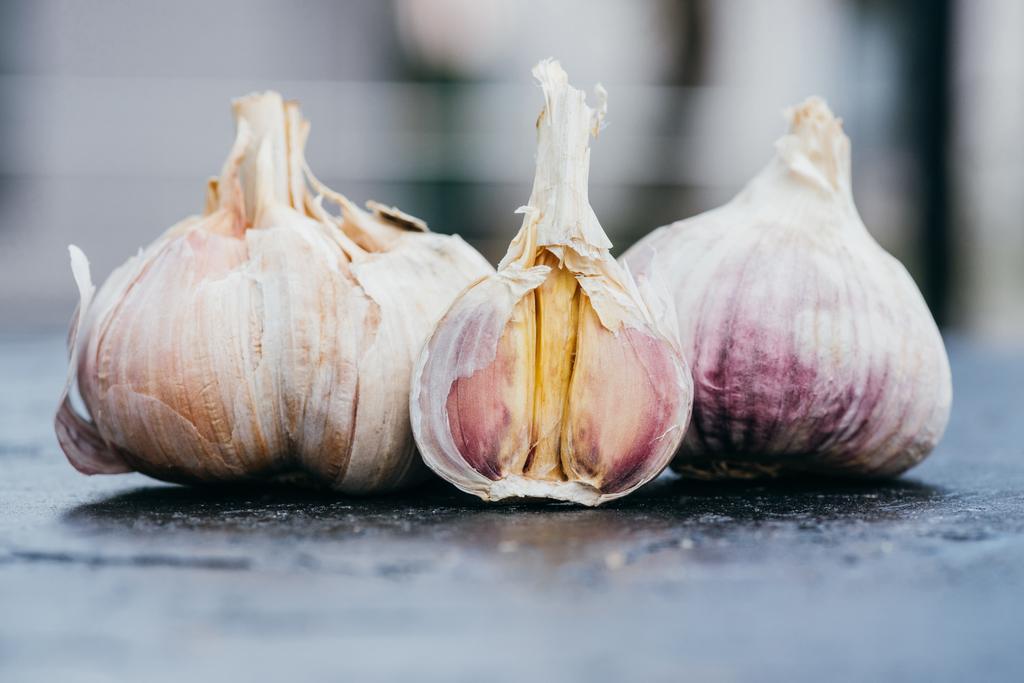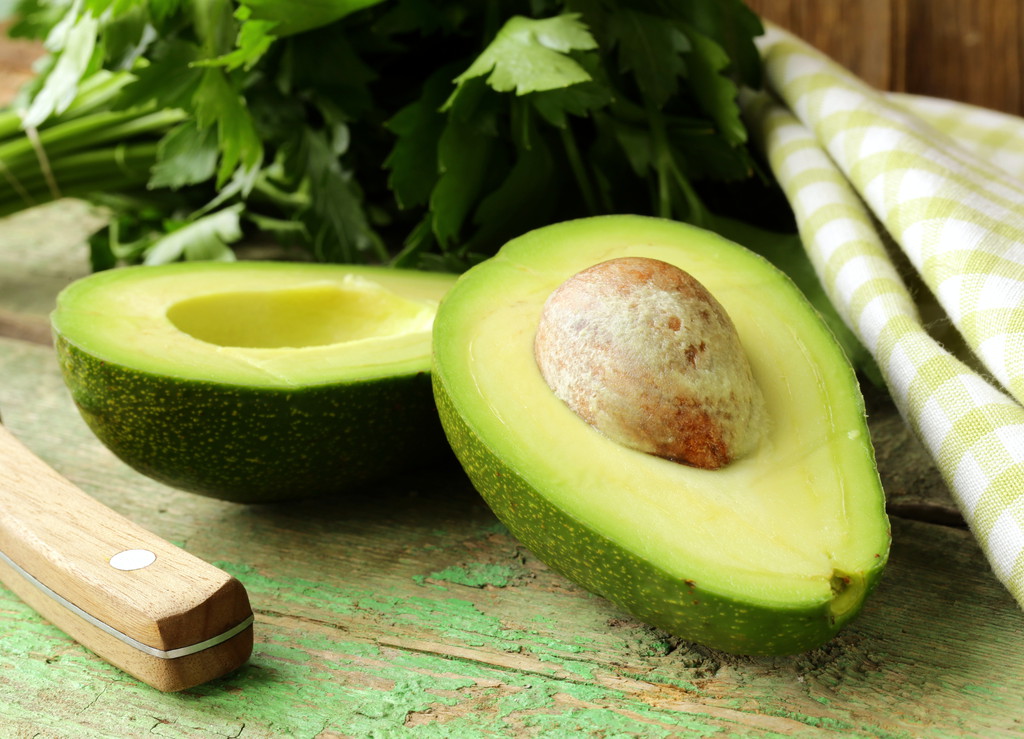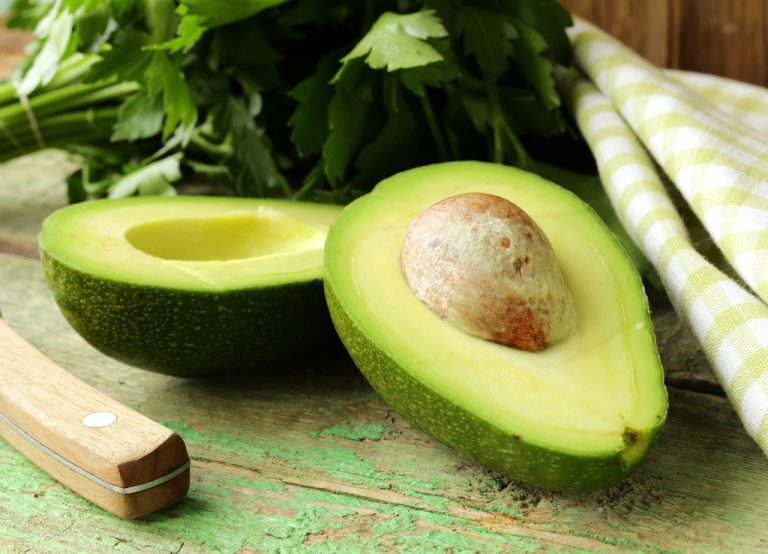Vegetable and fruit peels, seeds and coffee grounds all too often end up in the organic waste – although you can still use them all.
Each year throws in the trash about 80 kilograms of food. In addition, in the organic waste container, the least attention is paid to proper separation. It’s time to take a closer look at what we’re throwing into organic waste, and it’s really the least ough least ough.
Just eat the shell
With many types of fruit and vegetables you can eat the peel without hesitation. Apples and pears are no surprise candidates, but many people don’t know that the peels should even be eaten here, as they contain up to two-thirds of the vitamins.
Beetroot, kiwi, khaki, carrot and fig – with all these varieties you can save yourself the peeling. The peels of oranges are not poisonous, but due to their thickness they are not particularly digestible either. Hokkaido pumpkins also do not need to be peeled. And even the mango can be eaten with its skin.
However, you should definitely make sure that it is organic vegetables and fruit. Because conventional fruit is often contaminated with pesticides – up to 100 times more than organic, with kiwis the values were even up to 3000 times higher.
Pull plantlets from shoots
If potatoes, onions, garlic and ginger are stored for a longer period of time, they form small sprouts that are all too often cut off and end up in organic waste. Instead of throwing them away, you can easily grow new plants from them: To do this, cover the white end piece in a container with about 1/3 of water and place it on the windowsill. After just a few days you will have a little seedling.
You can either chop it up and eat it in a salad, for example, or plant it properly. There will probably not be an onion harvest, but at least a beautiful, white onion blossom. However, be careful: If the sprouts of a sprouted potato are already very large, then eat neither the sprouts nor the potato – they form the toxic substance solanine. Garlic and sprouted onions, on the other hand, are harmless.
Plant or eat avocado seeds
Also not really productive, but at least nice to look at: A self-grown avocado tree. To do this, either plant the core of the avocado directly in the ground or first put it in a glass of water. With the second method, the core should be about halfway into the water. In a sunny spot with regular water, it will start to germinate after a few weeks. When a long root has developed, you can transplant the core into a flower pot.
What many do not know: the avocado seed in particular contains numerous healthy nutrients, valuable fiber and amino acids. They help fight high cholesterol. Nevertheless, the core ends up in the garbage far too often. You can also easily make tea from it or use it as a topping for salads and smoothies: Wash the core well, dry it, chop it up with a grater and roast it on a low level.
Coffee grounds: face mask, fertilizer, shampoo
This is how easy it is to make a nourishing peeling mask from coffee grounds: Mix five teaspoons of cooled coffee grounds, one teaspoon of honey and one teaspoon of olive oil. Apply the face mask and leave it on for 30 minutes. For an additional peeling effect, rub the mask with warm water when washing it off.
Fertilizing with coffee grounds is also known: enrich the potting soil with one or two tablespoons before planting, so the soil gains additional nutrients. Of course, this also works with plants that have already been used or in larger quantities in your own garden.
But even apart from its use as a face mask and fertiliser, the coffee grounds can do a number of things: for example, neutralize the smell of the refrigerator because it absorbs ambient odours. Or make your hair shiny. Simply leave the coffee grounds in your hair for ten minutes and then rinse them out thoroughly. You can also use leftover coffee grounds to dye fabric or Easter eggs, or use them as a grill cleaner with a sponge.

